Walk down any grocery store checkout line, and the magazines scream out promises of “a new, healthy you” or “fastest ways to build muscle mass.” With the culture being more health-conscious, the question becomes, is playing volleyball good for your health?
With body and mind strengthening combined, volleyball can be an excellent source of health-forward exercise. According to the Center for Disease Control, 45 minutes of playing volleyball on most days of the week can produce significant health benefits. Warming up, stretching, and consistency are crucial to maintaining the health benefits of volleyball.
How exactly does volleyball improve health? With each bump, spike, and dig, players chisel their bodies and fine-tune their reflexes, all while sharpening the mind and spirit.
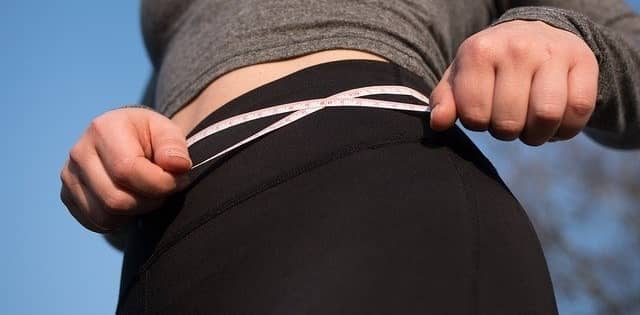
Volleyball burns calories
It is not necessary to be a pro or school volleyball player. Recreational players benefit from the game, as well. According to Harvard Medical School, a recreational volleyball player can burn 90 to 133 calories in a half-hour game. Click here for Why are Recreational Sports so Important?
This calorie burn is just with a regular game, not a competitive or beach volleyball setting where working through sandy beaches would tax the muscles more. A competitive game burns 120 to 178 calories. Stretch the game to an hour and play it in the sand; you are looking at burning a whopping 480 calories a game. That is quite the workout.
Volleyball shapes and tones the body
During a volleyball game, a player must squat, twist, land, hit, leap, and quickly move from side to side. These movements are repeated, resulting in a full-body workout, strengthening and shaping muscles, toning the body. The abdominals, lower legs, thighs, shoulders, arms, and upper body are all engaged during volleyball.
With every pass, a volleyball player performs a squat. Squats alone work the buttocks and front and back of the thighs, but that is not all. They also work your groin, hip flexors, calves, abdomen, including the obliques, transverse abdominals, erector spina, and potentially your shoulders, arms, chest, and back.
Responding to an incoming ball requires your legs to engage and arms to power through while pushing up. Setting depends upon arms, legs, and thighs. Your hands need strength to respond to various moves. The strength these moves build also helps to prevent injury.
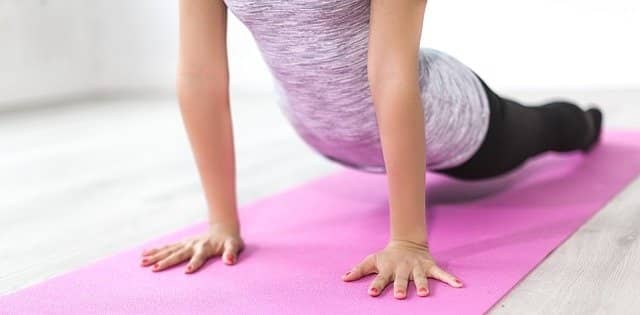
Prevent injuries by stretching
While playing volleyball, your upper legs and hips, lower legs and calves, shoulders, rotator cuffs, forearms, upper arms, and core muscles all experience consistent use. With such a complete body workout, injuries occur. Common volleyball injuries include wrist and ankle sprains, jammed or dislocated fingers, and lower back and knee injuries. It is imperative to stretch to avoid injuries.
Stretch your hips by going into a lunge. To hit a different area of your hip, simply reach your opposite arm above your head while in the lunge.
Jumper’s knee is an overuse injury of the quads. To stretch them, lie on your side and pull your top heel toward your glutes or pull your heels toward your glutes.
For a hamstring stretch, step your right foot forward, keeping it straight. Bend your left knee, bringing your chest to your thigh. If you can reach your toes, pull up slightly on them.
Stretch out your calves by dropping your heels off a step and stretch the groin/abductors by sitting on the ground in the “butterfly” position, pressing gently on your knees toward the floor.
Sore abs can be difficult to stretch, but the cobra stretch in yoga is a good one. Lay on the ground, face down. Use your hands and push your upper body away from the ground, arching your back.
Click here for Why Volleyball Players should do Yoga
Volleyball improves reflexes and hand-eye coordination
Hand-eye coordination is the ability to execute activities requiring the movement of the body and the eyes simultaneously. Essentially, your eyes must see an action or item and process where it is spatially while understanding where you are in space. This comprehension is performed while moving the body to react to this stimuli.
Something as simple as writing requires hand-eye coordination. In the task of writing, your eyes must see the lines and send a message to your brain to write, which in turn you start to write. In doing so, your eyes send a message to your brain about the neatness of the writing, the direction, the remainder of paper, and so forth. From here, your mind adjusts and relays messages to your hands to adjust accordingly.
Volleyball is about keeping your eye on the ball. One moment of failed tracking, and you may accidentally let the winning point slip past you.
When serving, your eyes track the ball, the toss-up, and the hit, striking at the optimal point. Setting requires you to watch the ball and hitters concurrently, ensuring your set is correctly positioned for the hitters. Spiking requires your hand to direct a ball to an empty and unreturnable point on the court. Blocking relies on the body to move to where the eyes perceive the ball to be, as well as its future position.
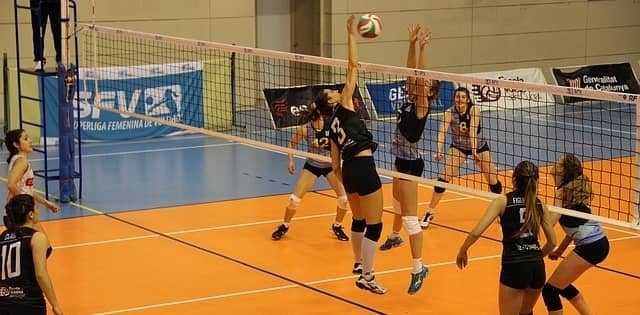
Volleyball improves reflexes
As we age, our reflexes take a hit. What was once an instantaneous reaction slows, dampening for various reasons: changes in nerve fibers, shorter attention span, decreases in multitasking ability, or simply losing physical ability. By making it a priority to remain physically active, you may be able to slow this decline.
Volleyball relies on your reflexes, coordination, agility, and speed. With the need for a quick return, you must be able to anticipate an ever-changing direction of the ball coming at you with the speed of your opponent’s strength. It isn’t just your opponent’s serves, spikes, and returns requiring these skills. Your teammates bump, pass and block, sending a ball in any direction at any time. These situations require you to chase quickly, move side to side, and return with instantaneous reaction speeds.
Volleyball increases metabolic rate
Metabolic rate is your body’s ability to burn fat at rest and directly relates to the body’s muscle mass. Volleyball successfully builds muscle mass and, in turn, increases metabolic rates. Because of the energy necessary to maintain performance during a volleyball game, playing volleyball increases your overall energy levels and performance in all sports.
Volleyball is good for your heart
Cardiovascular health is worth pursuing. With diets and sedentary lifestyles increasing the risk of a major cardiovascular event, seeking sports and heart-healthy activities are of increased importance.
Exercise increases your heart rate. During this time, more blood is pumped through your body, allowing nutrients to circulate faster. Volleyball requires quick movements, jumping, and bodyweight squatting. Naturally, your heart rate increases with these activities.
In addition to circulation, volleyball increases aerobic ability. Aerobic exercises involve using oxygen, or in other words, your breathing will increase during aerobic activity. These types of workouts require extended time and are referred to as cardio. Due to its heart-pounding nature, cardio is often prescribed as a way to keep your heart and lungs healthy.
AyurvedicHealthCenter.com released a chart comparing activities to an aerobic one mile. Just twenty minutes of an easy, slow-paced game of volleyball achieves the same result as an aerobic mile. A more rigorous volleyball game decreases the time to reach the same energy level to only 12 minutes.
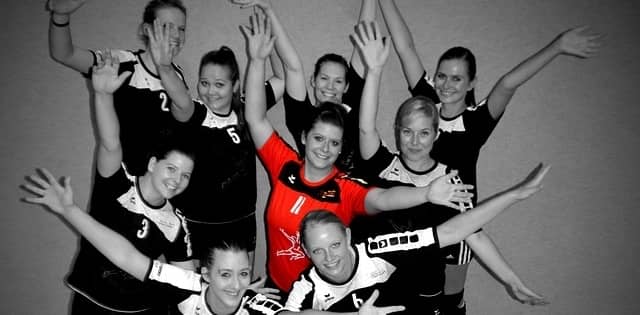
Volleyball is good for mental health
With aerobic activity comes mental health improvements. Backed by science, aerobic exercises are proven to increase the blood pumping to the brain. With this pulsing lifestream comes mood-boosting brain communication.
The hypothalamic-pituitary-adrenal axis communicates with regions of the brain. One such region is the limbic system, the amygdala, and the hippocampus, all of which play a role in motivation, mood, and stress response. These areas help to reduce anxiety, depression, negativity and increase self-esteem and withdrawal.
Aerobic activity links to social interactions. In the world of volleyball, this is entirely the case as you cannot play a game without a team. When surrounded by individuals who emphasize the importance of healthy habits and exercise, studies show an increase in one’s mood, lowering stress, and even reducing blood pressure.
Closely related, interpersonal skills are reinforced through volleyball. When people understand the dynamics of working together, life goes smoother, and in turn, they are happier. Team sports require members to work together, react with a mentality of betterment instead of judgment. In turn, volleyball reinforces skills like leadership, cooperation, teamwork, and networking.
Click here for how to build sports team chemistry
Go play volleyball!
With so many physical and mental benefits to a quick volleyball game, why not hit the courts. In the current world of the pandemic, a 2-on-2 match allows for a household to play another household while keeping socially distant and spread apart. As a bonus, you can hit a yard or sand court for an extra measure of protection. Click here for 12 Benefits of Active Participation in Recreational Sports
It has been a long winter, and the warm weather is calling us to go outside. Lather on your sunscreen, grab some shades, and venture out. Your body and mind will thank you.
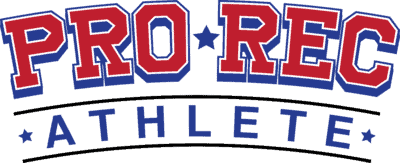
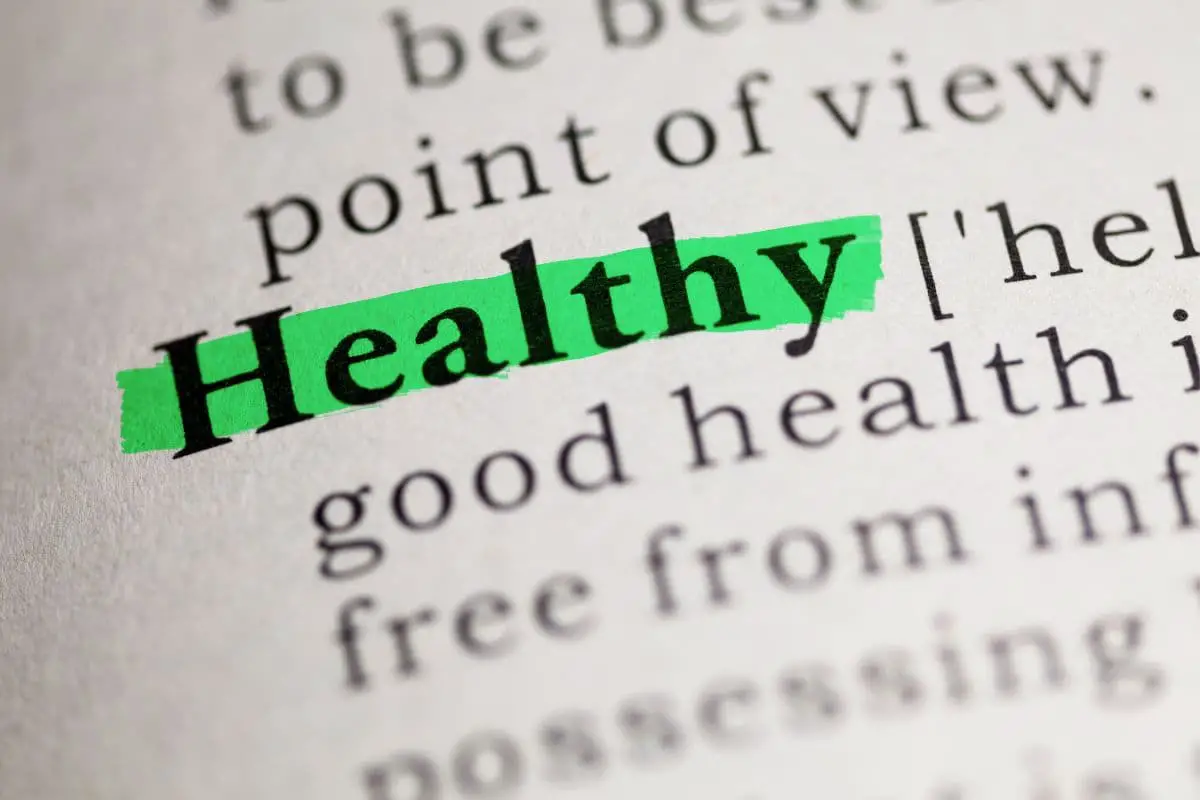
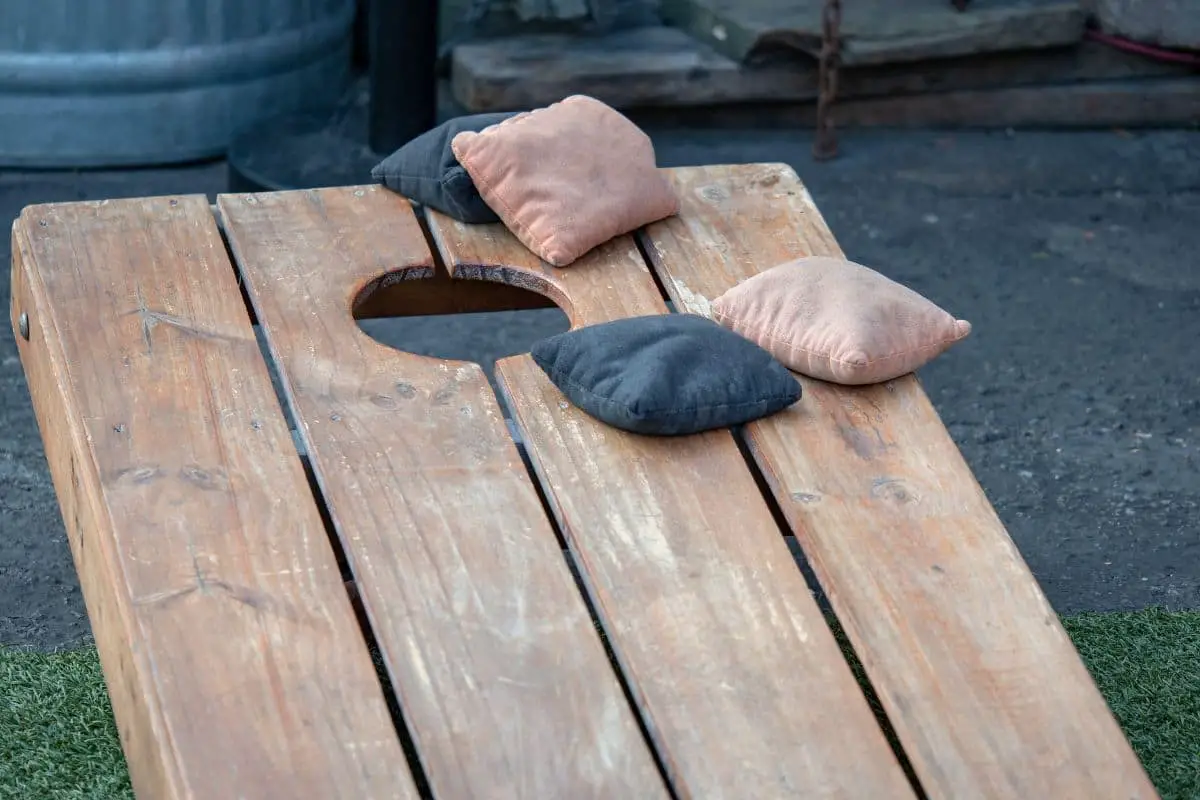
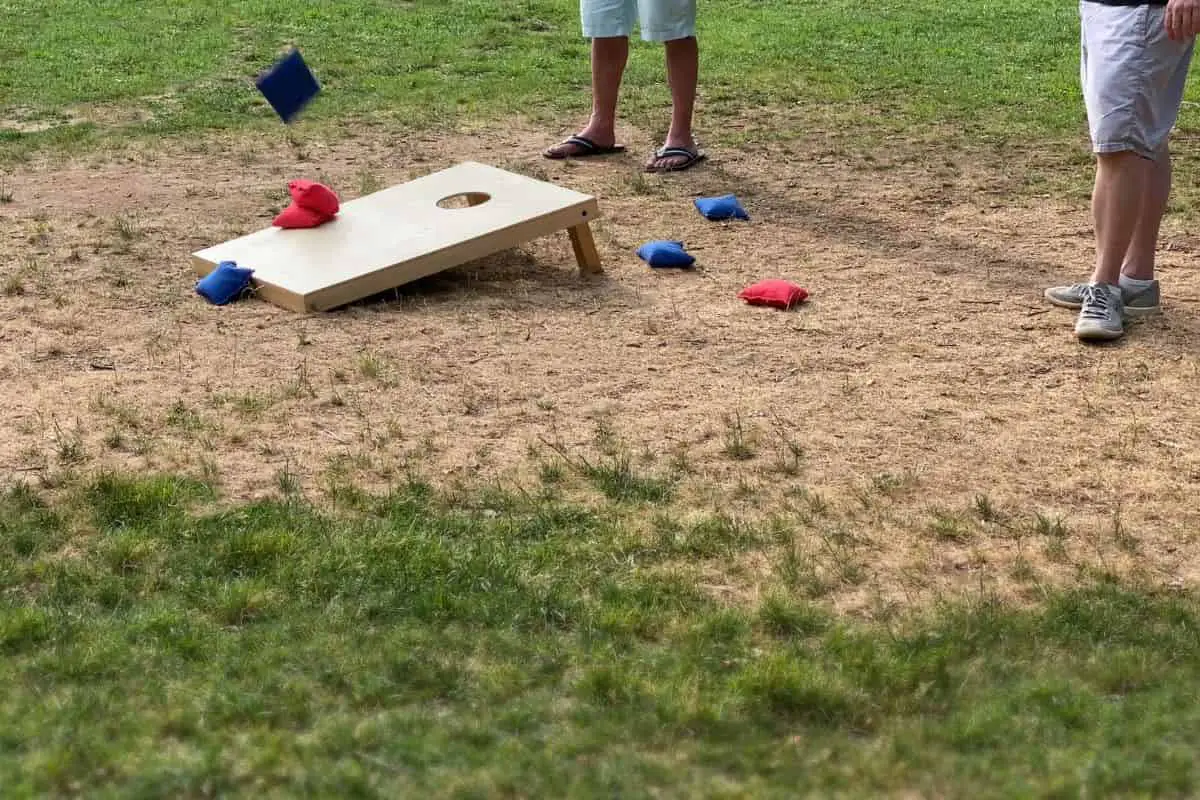
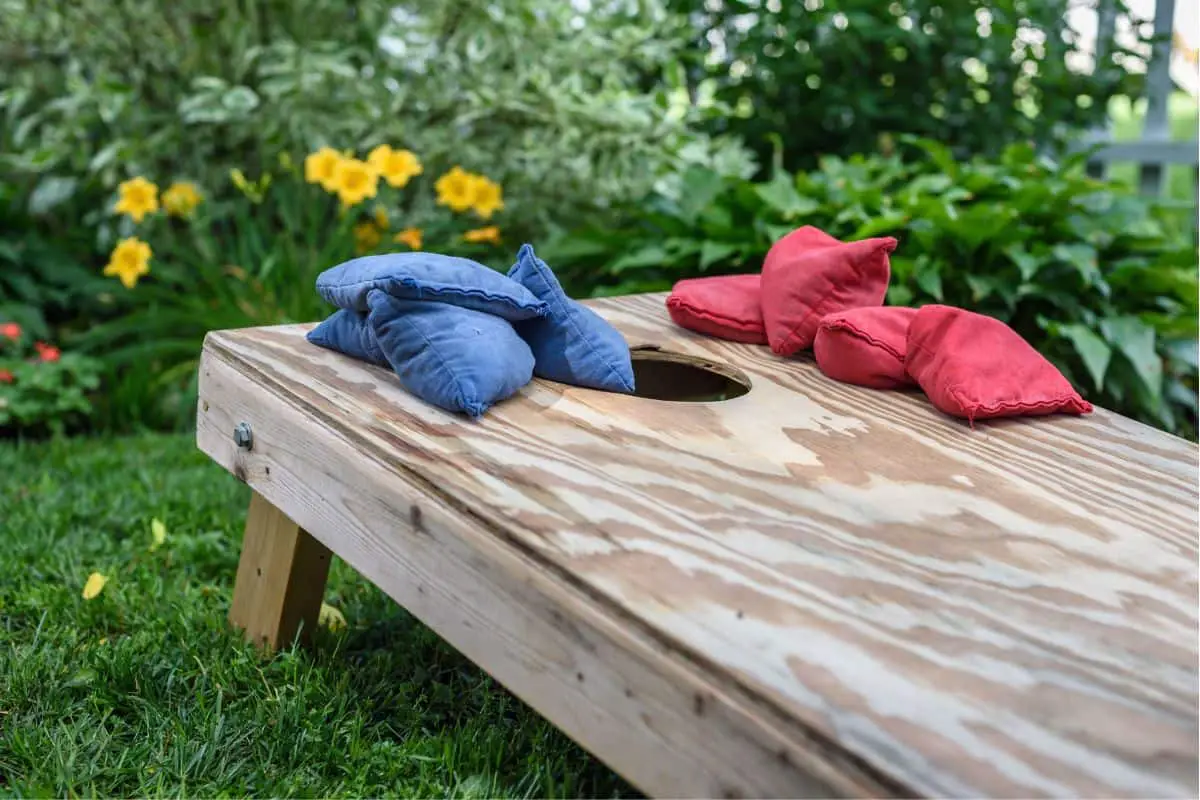

Leave a Reply
You must be logged in to post a comment.